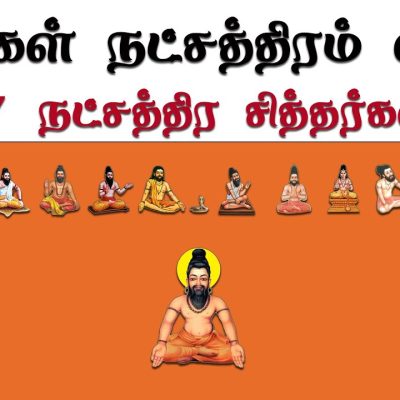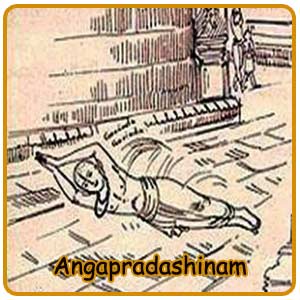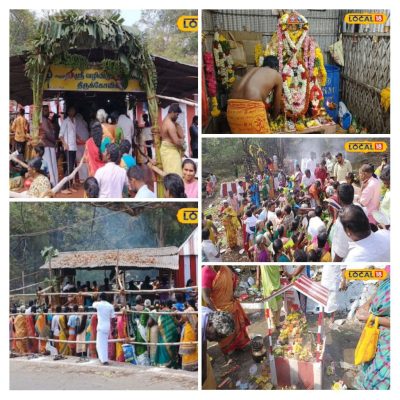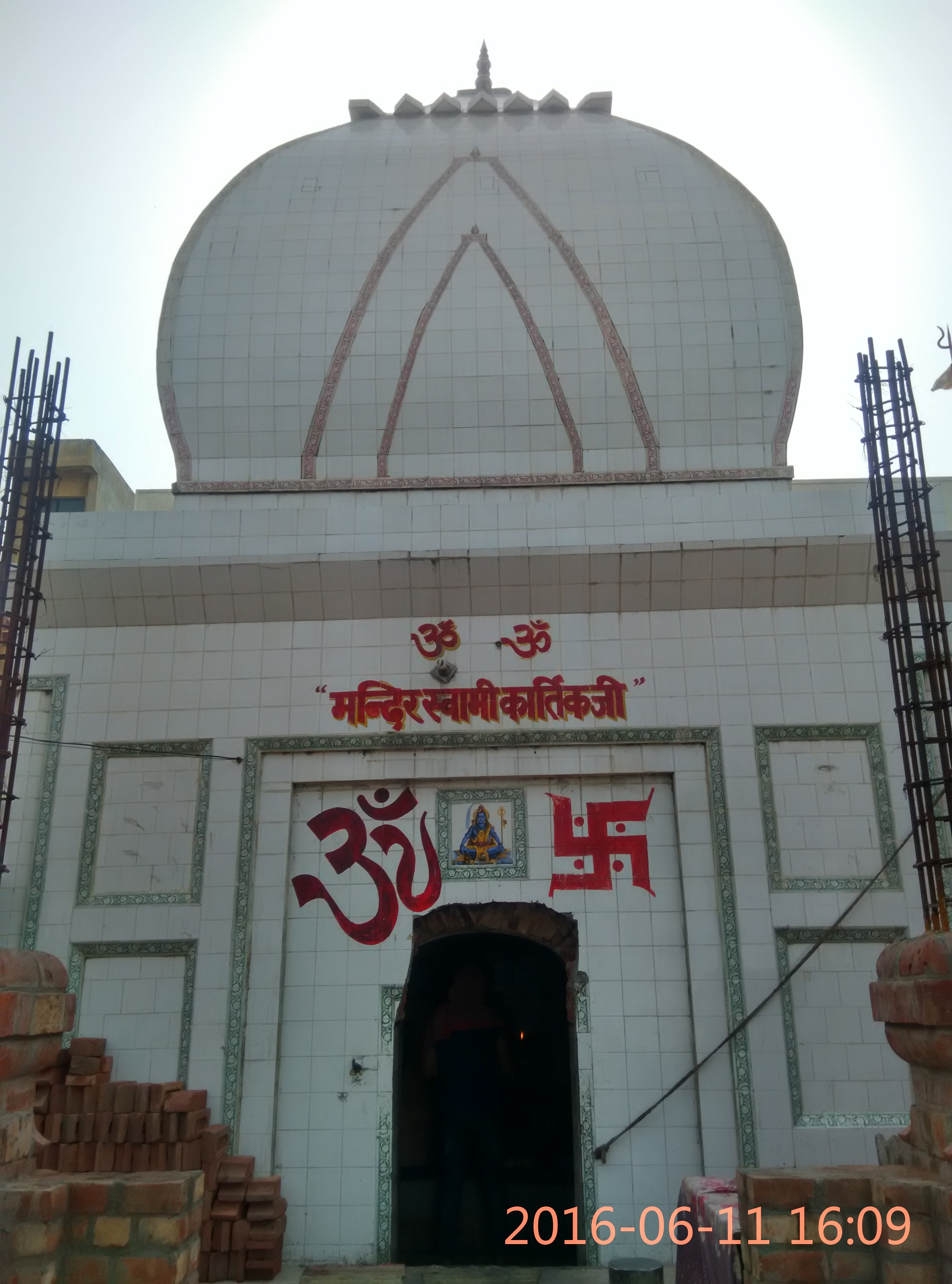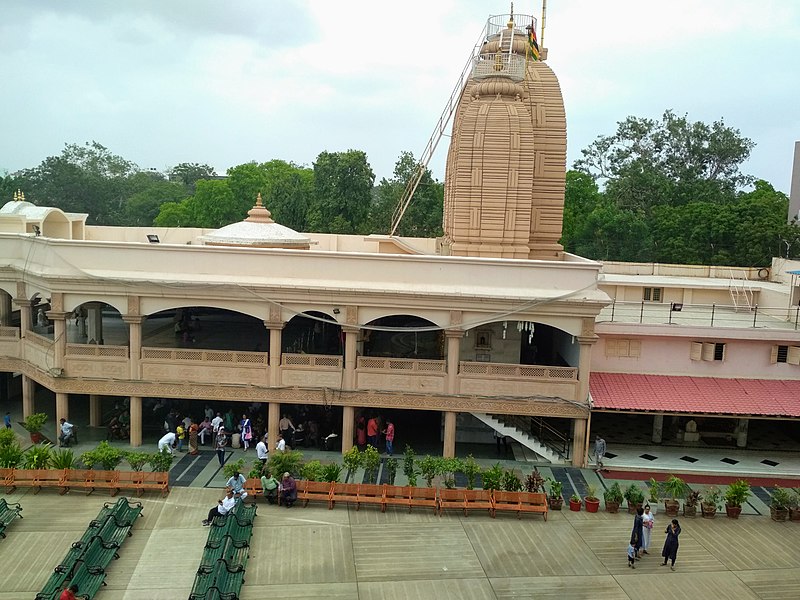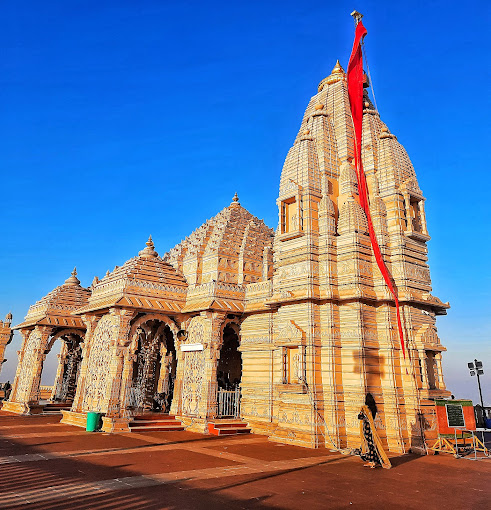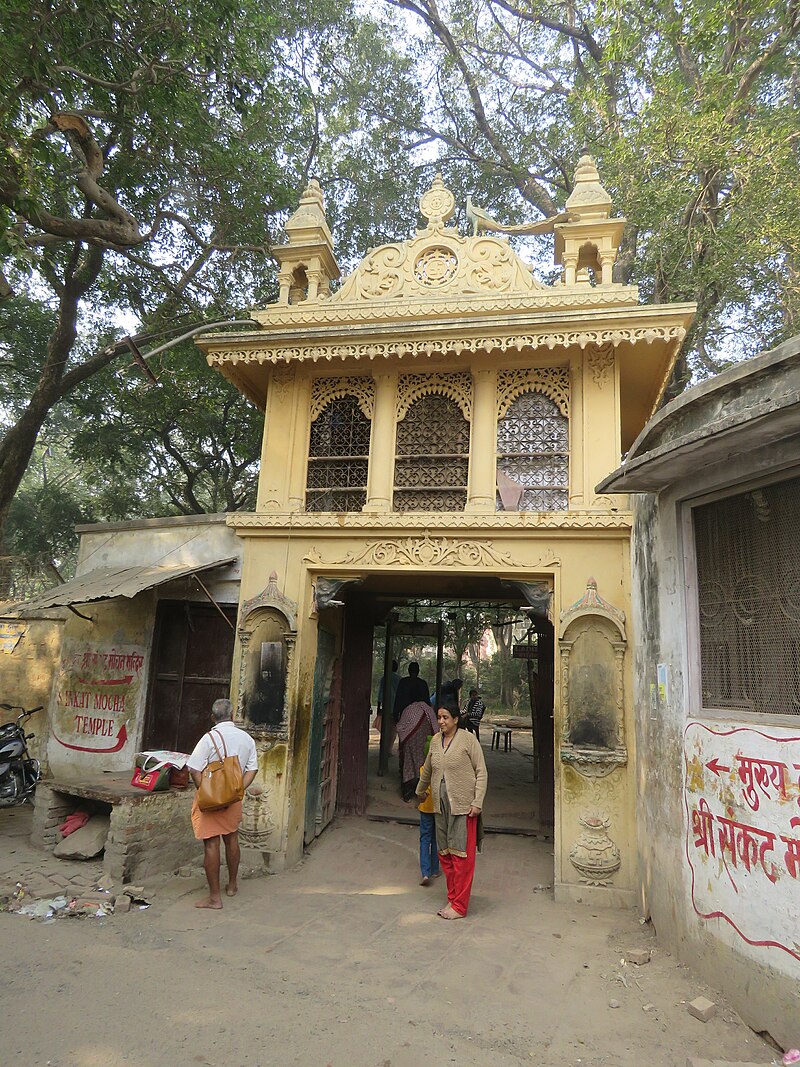Tapa Sardar Buddhist Monastery- Afghanistan

Address
Tapa Sardar Buddhist Monastery- Ghazni, Afghanistan
Diety
Buddha
Introduction
Tapa Sardar, Tepe Sardar or Tepe-e-Sardar, is an ancient Buddhist monastery in Afghanistan. It is located near Ghazni, and it dominates the Dasht-i Manara plain. The site displays two major artistic phases, a Hellenistic phase during the 3rd to 6th century CE, followed by a Sinicized-Indian phase during the 7th to 9th century. The site was excavated by an Italian Archaeological Mission between the late 1960s and the late 1970s.
Puranic Significance
The early sanctuary was built around the 3rd century CE A votive inscription was found at the site, saying that the sanctuary was known in the past as the Kanika mahārāja vihāra (“The temple of the Great King Kanishka”), suggesting a foundation date during the period of the Kushan Empire. The architecture mouldings have a lot in common with those of Surkh Kotal. The sanctuary was first destroyed by a great fire in the 7th century, putting an end to the period of Gandharan art at the site. The massive destructions may be related to with the Muslim incursion of 671-672 CE under Ubayd Allah ibn Ziyad. Soon after the destructions, the site that rebuilt on a grand scale, and reinforced by a huge fortress-like defensive structure built in unbaked clay, and incorporating the religious buildings of the previous period. This rebuilding is roughly contemporary with the building of the Fondukistan monastery. These major construction efforts necessarily relied on an intense and motivated patronage. The sanctury was rebuilt and expanded in the 7th-8th century CE. The statuary from the period between 680 and 720 CE is characterized by Indian styles and iconography of the 7th century CE. A large, collapsed, originally-polychrome clay figure of an eight-armed Durgā Mahiṣāsuramardinī (original height ca. 3 m) was found in vihāra (chapel) 23 at the Buddhist monastery site of Tapa Sardār in Ghazni, Afghanistan.. It originally stood facing a bejeweled (paré) standing Buddha but the head of Durgā was found at the feet of the Buddha, and the Buddha’s head at the base of the Durgā image with its buffalo demon the Tapa Sardār Durgā was a Hindu deity or a local Buddhist reinterpretation of the goddess, or if it indicated the tolerant character of Buddhist teachings at the monastery, permitting the inclusion of a Hindu deity (8th century), corresponding to the formative period of Tantric Buddhism. In the Upper Terrace, the Great Stupa was surrounded by richly decorated chapels and by small star-shaped stūpas and statues representing enthroned figures of Buddhas and/or Bodhisattvas. Minor sacred areas (and most likely the monastery) were located on lower terraces.
Century/Period/Age
3rd century CE
Managed By
Archaeological Survey of India (ASI)- Afghanistan
Nearest Bus Station
Ghazni
Nearest Railway Station
Kanpur Station
Nearest Airport
Ghazni
